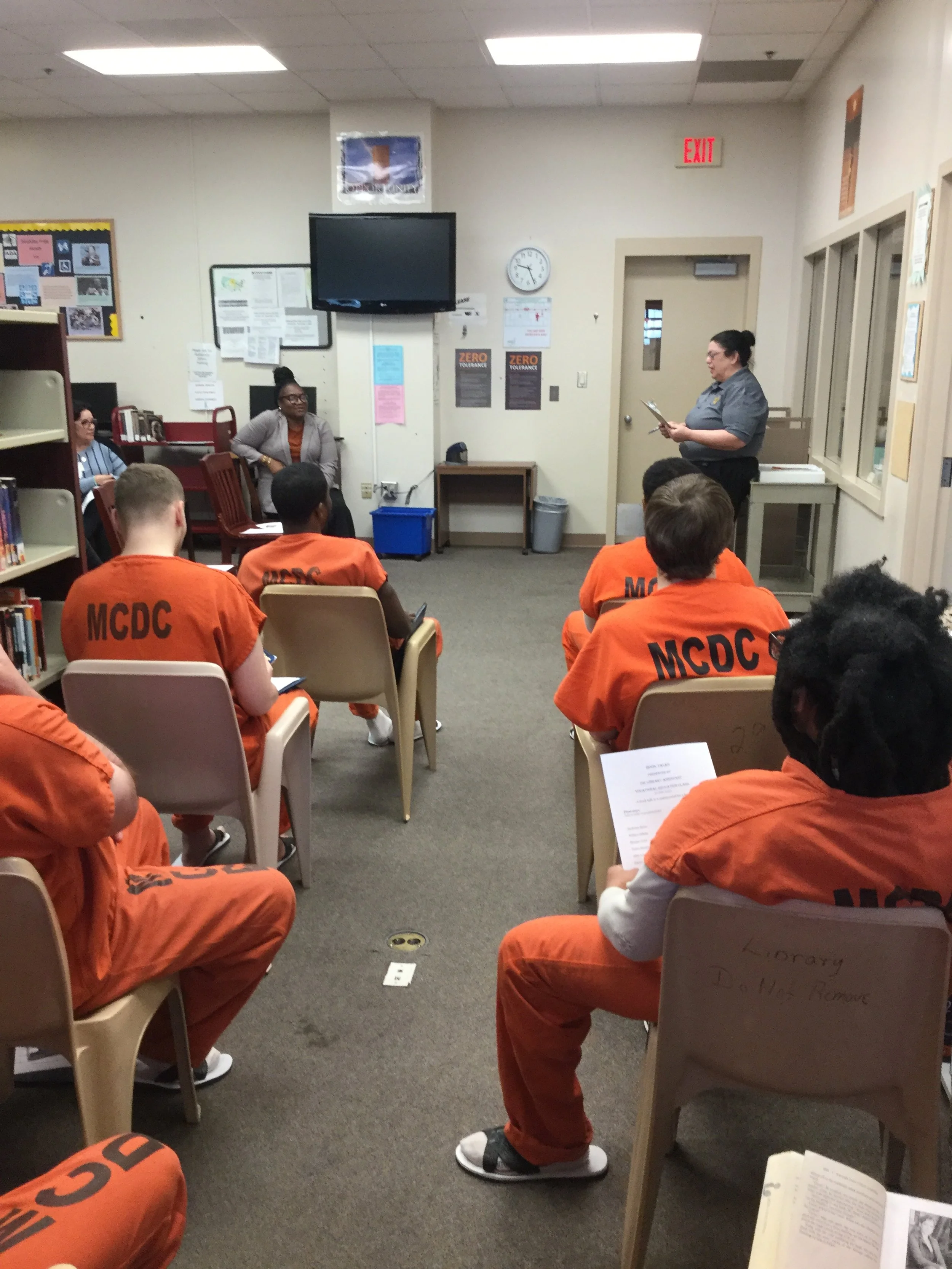Mecklenburg County, NC
Mecklenburg County
north carolina
Urban | Population: 1,163,701Mecklenburg County, North Carolina, continues to grapple with a critical convergence of substance use, mental health challenges, and criminal justice involvement. As the state’s most populous county, with over 1 million residents, Mecklenburg has seen overdose deaths and emergency department visits escalate sharply in recent years. In 2022, the county recorded 228 overdose deaths, up from 189 in 2021, and 1,444 overdose-related emergency department visits. Fentanyl, often mixed with other drugs or counterfeit pills, is the primary driver of these fatalities. Despite expanded naloxone distribution and prevention efforts, the opioid epidemic continues to affect every corner of the community, with certain neighborhoods bearing the greatest burden.
Program Pause
In 2024, the Mecklenburg County Sheriff’s Office (MCSO) Substance Abuse Intensive Outpatient Program (SAIOP) was paused due to a lack of ability to hire licensed clinicians and staffing changes at the behavioral health day treatment program. Program staff went through a process of submitting a scope and budget modification to better align with current programmatic needs. The changes included contracting for a licensed clinician, contracting with a peer support provider, and contracting with a housing agency to master lease a transitional program house. Program staff conducted an extensive request for proposal process and have contracted with providers for a licensed clinician and peer support provider. The program is currently negotiating with a housing provider. Program activities will resume in May or June of 2025.
Transforming Lives Through Early Intervention
The program will provide treatment services to eligible custody individuals preparing to return to the community. Participants will receive peer support from certified Peer Support Specialists, who continue to engage with them post-release to provide ongoing recovery support. A dually licensed clinician will deliver a modified SAIOP (Substance Abuse Intensive Outpatient Program) within the facility, including weekly individual counseling sessions. The clinician also collaborates with the MCSO Reentry Team to develop transition plans and coordinate community-based referrals, including access to a transitional residence designated exclusively for individuals in the program.
Key Components of the Program
Jail-Based Substance Use Disorder Treatment Services
The MCSO’s behavioral health day treatment program is designed for detention residents with co-occurring mental health/substance use disorders. Treatment programming is provided Monday through Friday, between 8:00 am and 5:00 pm, five days per week, 4 hours per day for up to 6 weeks. Through the grant, a program called the ‘New Directions’ is administered by a dually licensed clinician contracted through the grant. New Direction has supplemental materials, including a fidelity checklist, outcome measure tools, and a participant progress form, to ensure the project is implemented with fidelity. This expansion allows the MCSO to serve 120 additional inmates each year (360 over the life of the grant).
120
additional inmates served each year
Prior to the program pause, the program had made strides in reducing waitlists for substance use disorder treatment by fast-tracking individuals in need of immediate care. Previously, many individuals were released before receiving necessary services due to delays. By offering timely, in-custody treatment and continuing support after release through Peer Recovery Support Specialists, the program ensures greater continuity of care and improves outcomes for individuals transitioning back into the community.
Recovery Housing
While many individuals leave detention motivated and ready to rebuild their lives, they often face significant anxiety and uncertainty about where they will live. Challenges in finding stable, appropriate housing led the program to develop its housing facility to ensure consistent access to beds and reduce reliance on external vendors, an approach that previously left some individuals in shelters, unstable housing, or temporary arrangements with friends and family. Several housing providers have proactively reached out in recent stages of the grant, and expanded housing options are expected to strengthen participants' long-term recovery and reentry outcomes.
Jail-Based Services and Reentry Planning
To address challenges with lengthy waitlists, the program focuses on fast-tracking individuals needing immediate services, ensuring they receive treatment before release and remain engaged in care afterward. Peer Recovery Support Specialists play a key role in maintaining this connection and supporting successful reentry.
“This program provides the opportunity for individuals who would typically be released before receiving treatment, exposure to needed services to minimize the possibility of being re-incarcerated and hope for a better future.”
—Aliya robbins, group therapist
Program Outcomes
Since its inception, the program has achieved significant milestones:
Over the past year and a half, project staff have worked to reimagine and refine the program to better align with the evolving needs of the individuals served.
A total of 378 individuals have been served through the initiative.
Providing prepaid, refillable cell phones for three months has helped participants stay connected, supporting continuity of care while aiding in stabilization, job searching, and financial management
Collaborative Partners
Mecklenburg County Sheriff’s Office
Mecklenburg County Community Support Services, Substance Use Department
Urban League
Amara Wellness
Anderson Counseling and Consulting Group
Project Director
Dorian Johnson, Project Director
Mecklenburg County
dorian.johnson@mecklenburgcountync.gov
980-314-5176
This project was supported by Grant No. 15PBJA23GK02258COAP awarded by the Bureau of Justice Assistance. The Bureau of Justice Assistance is a component of the Department of Justice's Office of Justice Programs, which also includes the Bureau of Justice Statistics, the National Institute of Justice, the Office of Juvenile Justice and Delinquency Prevention, the Office for Victims of Crime, and the SMART Office. Points of view or opinions in this document are those of the author and do not necessarily represent the official position or policies of the U.S. Department of Justice.




